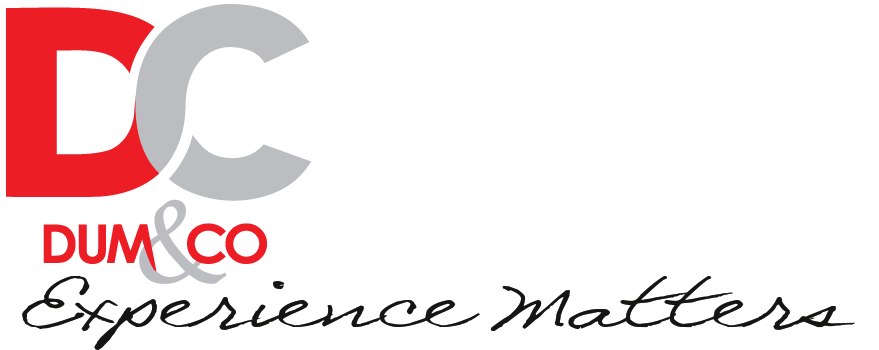INBOUND MARKETING
You've obviously heard of inbound marketing. You know that it's really the next big thing. If you are really wondering how this all lays out and you're ready for a roadmap to get you started, this is going to be the article for you.
Inbound marketing is a marketing approach that focuses on attracting customers to your brand through content and interactions that are relevant to your audience. The main advantage of inbound marketing is that this is creating a relationship with potential clients or customers by providing them with the information they need.
There is often confusion surrounding the terms inbound marketing and content marketing, as they are frequently used interchangeably. It’s important to understand the key distinctions between the two.
So what we're going to talk about today is how inbound marketing takes you all the way from strangers coming to your website down to a whole lot of money for you from turning those strangers into customers.
Content marketing is one of the key components of inbound marketing (commonly besides SEO, social media marketing, digital advertising, e-mail marketing, etc.).
By aligning the content you publish with your customer’s interests, you naturally attract inbound traffic that you can then convert, close, and delight over time.
It all starts with people being able to find your website. Driving that traffic to your business website is really going to hinge heavily upon three main things:
- Search Engine Optimisation
- Social Media Participation
- And frequency you add content to your website
Let's assume you have got these three basics covered and you are driving traffic to your website.
So regardless of where they're coming from, whether it's SEO or social media or whatever it may be, once someone gets to your website, the whole premise of inbound is really structuring the process of how that person is going to participate with and engage with your website, and the way that you're going to do that, the way that you're going to really direct their path through your website is through what's called a Call To Action, or, as you will hear it frequently referred to, a CTA.
- It could be to subscribe to our newsletter, or
- it could be to download a piece of premium content, or
- it could be to schedule a consultation.
Whatever it may be, it's really going to depend on who this call to action is aimed at and what sort of stage within the inbound funnel that person is at.
So once someone clicks on that call to action, we're going to take them to a very specific landing page, and that landing change is going to see exactly what that call to action promised.
This is a pretty basic website development principle, so you want your landing page to match the expectation that the person had when they clicked to view it.
We've got that initial landing page where the person provides their information.
From there, we actually need to direct them to a second landing page, which is called thank you page, which, of course, acknowledges, thanks to them for participating in whatever it may be.
From there, we actually need to direct them to a second landing page, which is called thank you page, which, of course, acknowledges, and thanks to them for participating in whatever it may be.
And we're also going to provide them with a couple more ways to engage and stay in touch with us on that thank you page.
And one quick thing here to keep in mind is that a landing page definitely is linked to from a CTA on your website, but sometimes a landing page is something that people can get directed to from your email or social media or paid advertising.
So what happens after someone completes the downloads (usually it is about downloading free resources) but also might be a request for some information, or discount code etc.)? In case, for example, real estate can be a free suburb report for property appraisal.
What do we do with them then?
What we're going to do is we're going to enrol them in a lead nurturing campaign. Which are just a series of emails that you timed based on what that person downloaded and how long ago they downloaded it.
Whatever your goal may be, what this is going to allow you to do is nurture that person all the way from seeking that initial information all the way down to being ready to actually make that purchase decision, or property sales decision or whatever it may be that your end goal is.
The first email could be just thank you for downloading or sending that report
The next one can be giving them extra information about topics of their interests like for example recent changes in the market prices and how to achieve the best price for the property.
Another email can be about encouraging them to download the full report on their property and the good news it can all be done by setting sequence emails.
Please note:
Most of the time when someone first comes to your website, they're not ready to make that decision, and so the whole point of this really big inbound process, this inbound flow, is to get that person ready, educated, excited to make that decision and to choose your services or products. , your company as the partner that they are going to do it with.

